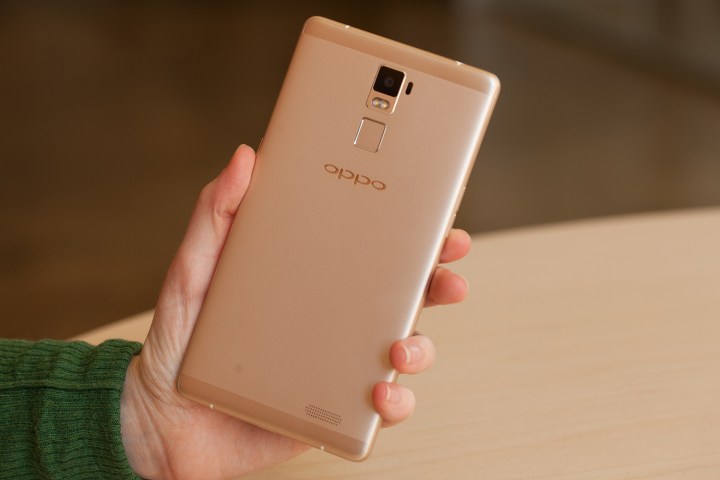
Why? Because 50 million phone sales puts it in considerably better known company. LG, which has made the best camera phone of the year, managed to sell around 59.7 million smartphones in 2015. Yes, it’s nearly 10 million more, but LG sells its phones all over the world, through carriers, in stores, and online.
Oppo’s popularity comes from Asia, where Xiaomi is probably the best known brand at the moment, despite the company not officially selling phones internationally. It recently reported 2015 sales of 70 million — a little lower than its initial expectations — while Meizu, which probably has a similar degree of international recognition as Oppo, said it sold 20 million phones in 2015.
The results put Oppo into the top ten smartphone manufacturers in the world, eighth according to TrendForce’s data, and has resulted in a whopping 67-percent growth over 2014. While that all makes Oppo’s achievement impressive, it still has a long way to go before it can challenge the really big players.
Huawei shipped 100 million smartphones in 2015, a first for a Chinese brand, putting it way ahead of Oppo’s 50 million; although this is comparing shipped numbers to sold numbers, which do vary. Apple and Samsung, obviously, both obliterate everyone else, with the pair usually seeing numbers of that scale in a quarter, rather than a year.
We’re going to hear more about Oppo over the coming months. It’s newly introduced F series of camera-centric smartphones has shown a lot of promise, based on our early F1 impressions. With Mobile World Congress looming, the company may have more to show in the near future. Definitely one to watch in 2016.


